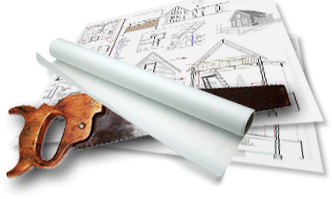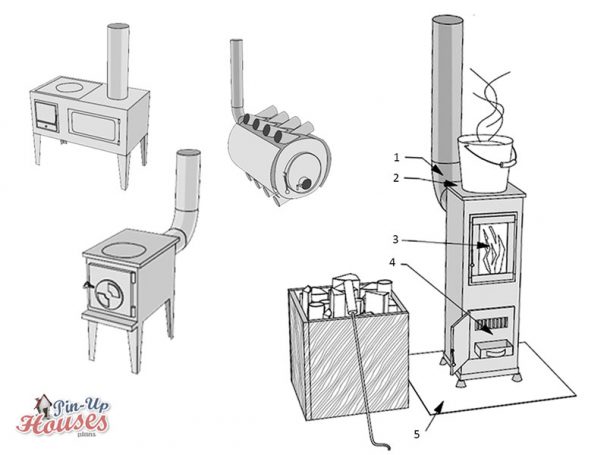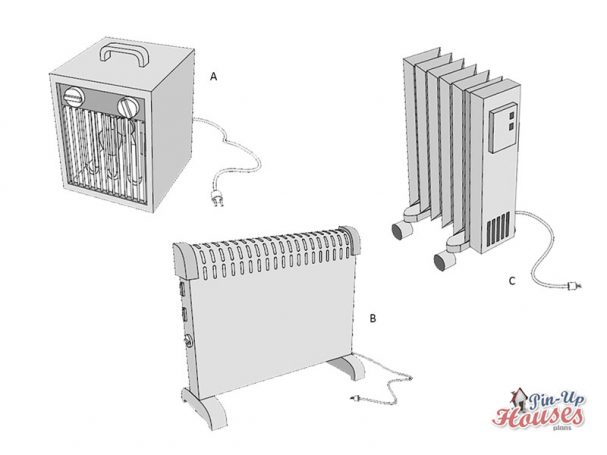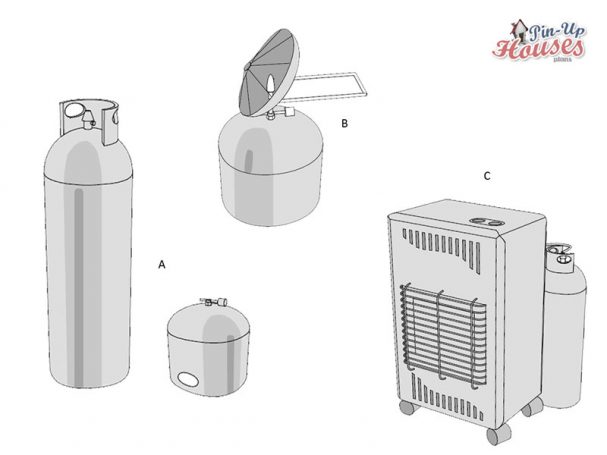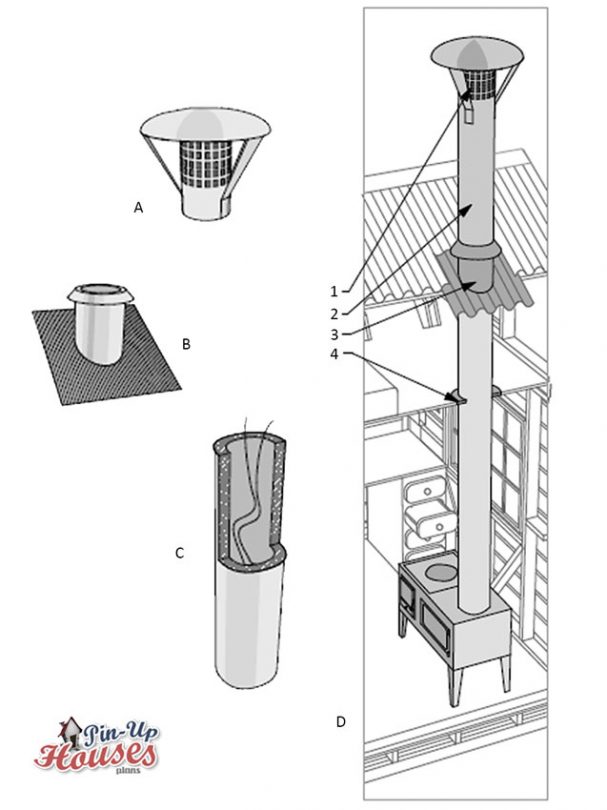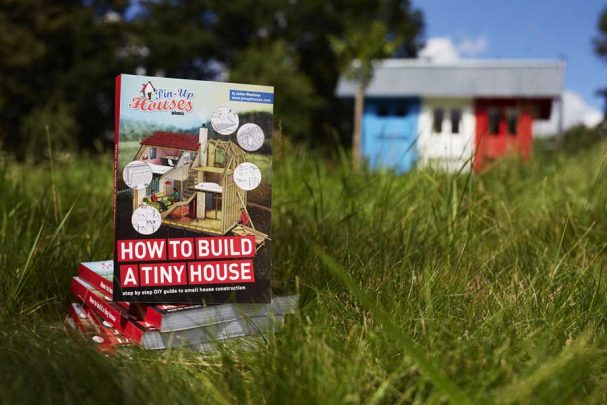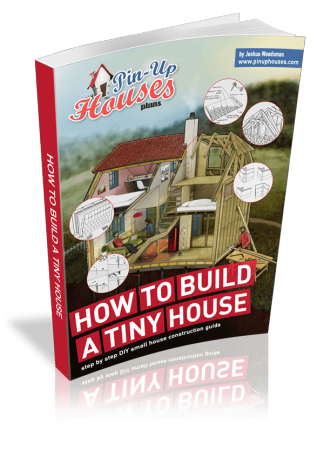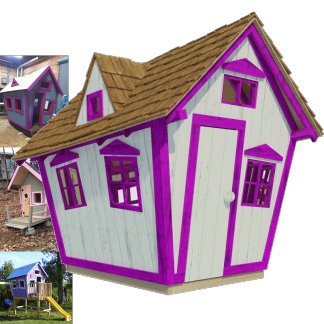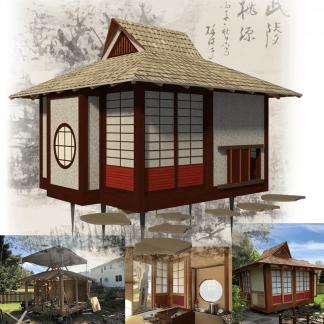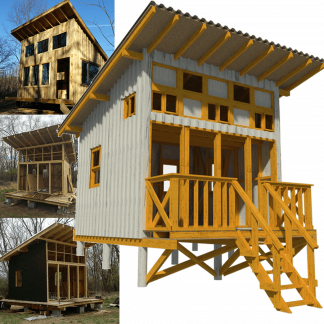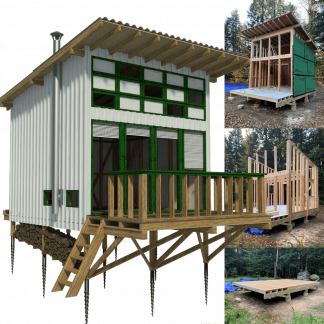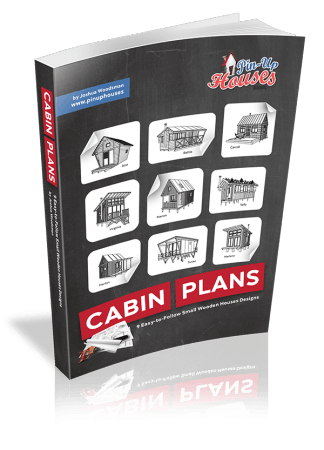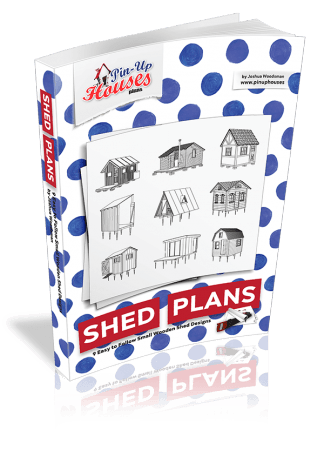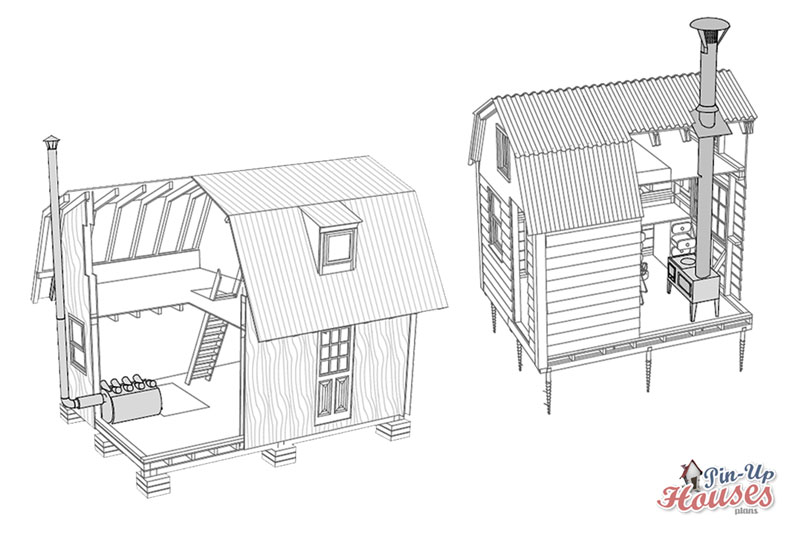
Heating a small house
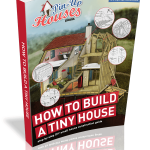
Heating and cooling are crucial things when it comes to building a house. There are many small house heating options for small homes, and choosing the right type of heating system is a crucial decision to make. You need to know not individual needs and preferences available in the intended construction location; not every place is suitable, for example, as a solid fuel supply or for certain renewable power sources. Other aspects important to consider when it comes to a heater are the price, durability, advantages, and disadvantages of particular types of heating systems, personal preferences, environmental effects, or installation process.
It is highly recommended to have multiple heating systems in a permanent residence to have a backup heat source. It is easy to use wood for small house heating. However, if you arrive home late and tired, it is helpful to have an option to warm the place up with a source of direct electrical or gas heat instead of waiting until the burning wood will make the place warm again.
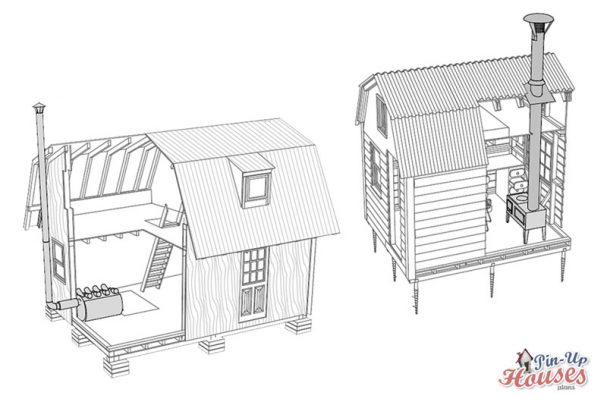
There are several possibilities of heating your tiny houses. All of them offer various heaters with options that are of small size and practical shape, so they do not take up much space and fit nicely into the limited size of a small house. They are made of various materials. In many cases (apart from the electric heaters), you can also find ones that do not need electricity and enable off-grid living. They are reasonably priced and come with adjustable thermostats. For example, stoves built primarily for boats, usually made of cast iron and porcelain, can also be used well in small houses.
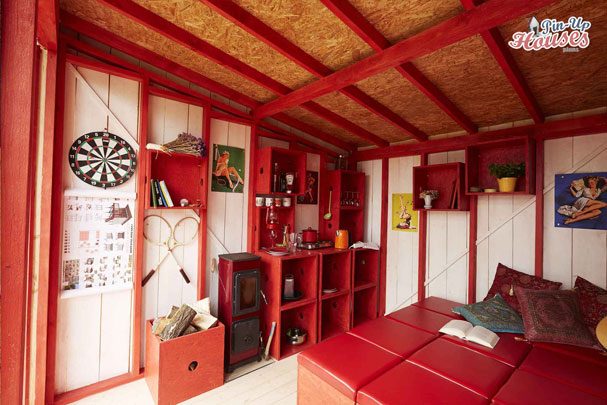
Solid fuel heating
Wood-fired heating is one of the most traditional methods, and if you are based in an environment with abundant wood, there is no reason to avoid it. Not only is the wood-burning stove simple and easy to use without any special requirements nor dependence on electricity, but the look and smell of burning wood create very cozy, and you can also use its top to heat water for tea or simple cooking.
Types of wood-burning stoves
- Chimney and regulation level
- Stovetop for heating water
- The window for adding fuel and watching the flames
- Lighting up door
- Cover metal protecting the floor from burning
It is recommended to include covered wood storage in your tiny houses, cottages, cabins, and a processing area to prepare the wood for burning. This method is a little bit messy with the ash and wood chips falling around. The wood-burning stove can also be quite heavy. And it requires respect for safety and strong compliance with the recommended distances between the woodstove and flammable wall structures or surrounding house equipment. There must also be a base of non-flammable material – sheet material or tempered glass – between the stove and flammable floor (boards).
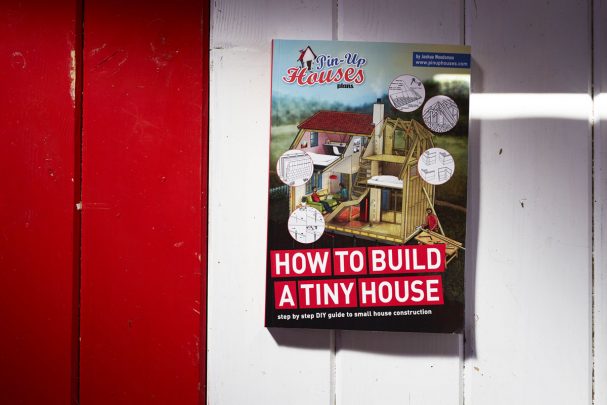
Electric heaters
Electrical heating is appropriate mostly as an additional heat source to temper the building or heats a small space very fast, for example, when you get to the house late at night and do not feel the energy to start a fire. Other advantages of electrical heaters are no complicated installation and no mess or noise when being used.
- A) Electric blower
- B) Direct heat source
- C) Electric radiator
However, it is one of the more expensive methods because of its need for electricity. You can cut the costs down by using renewable energy sources. Photovoltaic panels are a good option in the majority of cases. You can also use wind turbines, mostly in windy environments, as they are more expansive and not effective without wind or small hydroelectric plants if you live nearby a stream or river.
Gas heaters
Gas heating is very powerful and can be conveniently used without a need to have electricity. One of the most popular and used gas heating devices is a propane heater, well suitable for boats or small houses. It is designed so that the combustion process is isolated from the inside of the structure and a built-in blower improves the heat circulation, minimizing the possible risks. Advantages of a propane heater are easy usage, no need to prepare the wood, friendly price, or clean and efficient burning. Propane fireplaces are also usually light-weight and barely need any maintenance, keep the propane tank full. There are also propane stoves so that you may combine your cooking and heating systems. One way to make sure that gas cyclinders are as safe as possible is to use gas cylinder cabinets. These cabinets greatly reduce the risk of gas leaks and fires that could damage your house.
- A) + C) Gas stoves: intended for large rooms, which are then heated quickly and easily
- B) A propane-butane pace heater: for a 2 kg gas bottle, designed to increase the temperature in small rooms quickly
However, it is crucial to take care and be careful when handling any gas heaters, as gas leaks in an unventilated space can have disastrous consequences with the risk of ignition, suffocating, or explosion. You can also have issues with humidity or condensation, and it is good to keep an eye on propane prices as well, as these can vary depending on your location.
Another effective option is gas ducted heating. Gas delivers efficient warmth all winter long and is incredibly economical in a small home. You also have reliable access to central heating rather than portable heating that can take up room. Central heating in the ceiling does not take up valuable floor space. Paired with high quality insulation, and your gas ducted heating will deflect any winter chills
Safety precautions
No matter which one of the heating options for small homes you choose, there are few more things to always keep in mind. When it comes to thinking about keeping our tiny houses or small cabins warm, be it with electricity or in an off-grid living style, we must not forget the construction itself. Firstly, proper insulation, air-sealing, and energy-efficient windows and doors can affect the interior environment and heating costs. Secondly, most heaters require a chimney, and it is essential to do this right. The part where vent passes through wall and roof could cause big damages, if not installed properly. It is implemented using a bought part or metalwork done very precisely in situ.
- A) Spark mesh + spark arrestor chimney cap
- B) Metalwork fitting for chimney vent through the roof
- C) Triple wall chimney
- D) Installation of the chimney through the roof
- Spark arrestor
- Flue
- Roof vent fitting
- Insulation
The safest option is a chimney with built-in insulation, so-called triple wall chimneys. However, there are also cheaper types without insulation, which needs to be added when contact occurs between the chimney and the timber structure. It is advisable to keep a regular inspection and cleaning of the chimney and properly work carbon monoxide alarm, especially if you use the wood-burning stove. A fire extinguisher should be part of your equipment as well. The powder fire extinguisher does not cause as much damage to the building as water, so it is a perfect helper and can be used to eliminate a small fire before it spreads into a big one with serious consequences.
Timber structures guide
Are you still not sure when it comes to the heater in your small house? Or are there any other types of DIY construction you would like to learn more about? We have a book for you! Our How to build a tiny house guide provides step by step manuals, detailed instructions, photos, and illustrations related to small houses and timber construction. Available to order as a print version or electronic book here.

